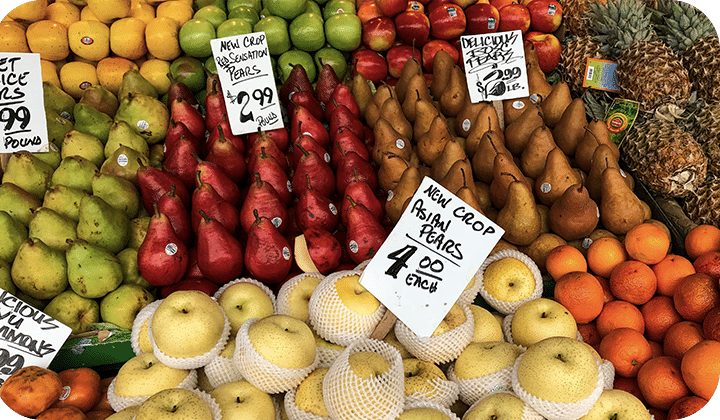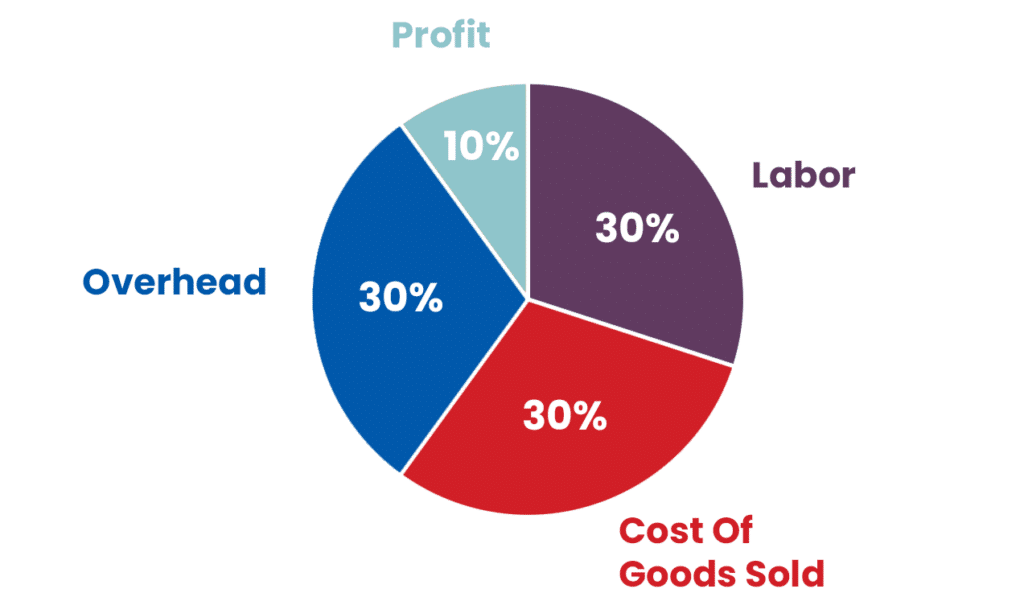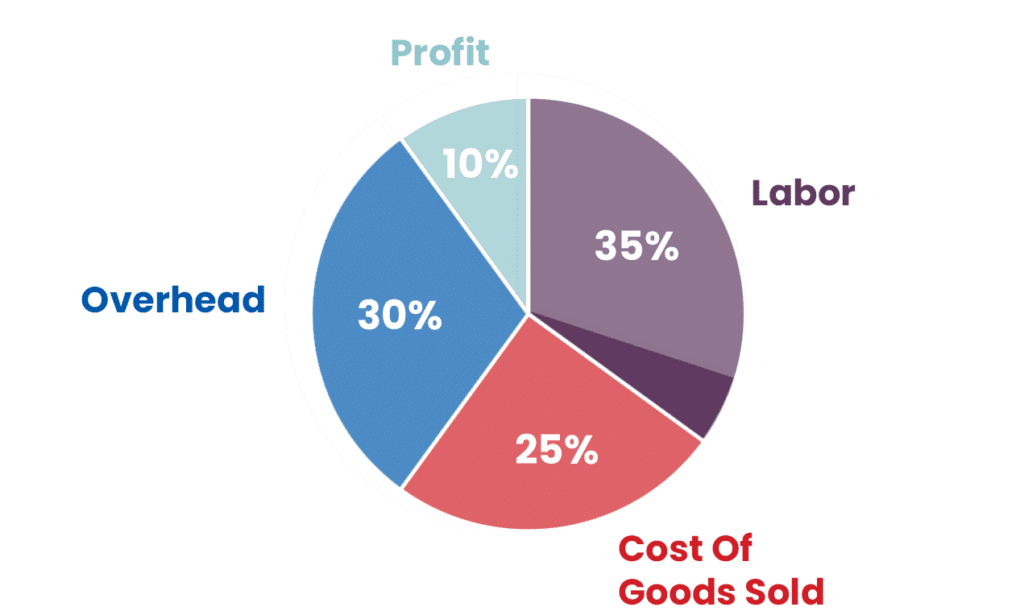Unless you’ve learned photosynthesis to create your food like plants, you’re probably well-aware of rising food costs over the past 18 months due to inflation.
The Eggpocalypse, a 125% rise in cost of eggs over the last year due to an avian flu outbreak, has left millions of Americans looking for alternatives for their everyday dishes. Beef, veal and even kitchen staples like flour and butter have all risen in price due to supply chain issues that still haven’t subsided.
There has been some good news as well. According to the US Department of Agriculture, chicken wing prices are down 22% from January 2022 due to more supply, a big relief for restaurants prepping for the Super Bowl in a few weeks, where more than 1.5 billion wings are expected to be eaten. Avocados, a staple for many restaurants, have also fallen $1.20 over the same period.
Food cost is anything but a new battle for restaurants. But even with inflation slowing – as of December, annual inflation rates of slowed for sixth straight month – restaurants need to track their cost of goods sold (COGS) now more than ever.
Rethinking The Restaurant Financial Model
Much of this is due to rising labor costs, which have forced restaurants to rethink their financial models. The traditional model of restaurants has always been what’s called the 30/30/30/10 rule:
Under today’s labor market, with rising minimum wages and a labor shortage, many restaurants have changed their model to allocate 35% for labor. The Cheesecake Factory, for example, has increased its labor costs up to almost 36 percent of revenue, according to the company’s CFO Matthew Clark in 2018.
With much of a restaurant’s overhead costs fixed, there’s little room for adjustment. And while reducing food cost is no walk in the park, it’s often the only remaining area to make up for rising labor costs, outside of dipping into profits.
Here are the six ways we see restaurants reducing food cost in 2023.
#1 Track Everything, Often
This might go without saying, but the operative word here is often. While every restaurant manager is tracking costs to some degree, many don’t do so nearly often enough. With multiple items changing so frequently under inflation, a daily or weekly check-in to item costs is no longer going above and beyond, but necessary.
One way to make this process easier is through inventory management. Many managers still rely on electronic purchase order information, or looking at their previous purchase orders and order guides to see changes. With tools like Restaurant365, real-time prices are pulled automatically into the system for major vendors, making this process take a fraction of the time.
#2 Track Vendors & Be Vigilant To Errors
Whether you’re a business manager or getting your weekly groceries, there’s nothing more frustrating than being overcharged, but for restaurants, those charges can be make or break for your business.
Vendors aren’t perfect, and dare we say, some of them are just prone to overcharging in the hope that it will be missed. Moreso, digging into P&Ls from the previous quarter to find these charges isn’t just a hassle, it’s prone to be missed.
With the right software, these errors are flagged automatically. Managers can also select thresholds on food items to ensure they’re never paying over a rate that would be outside of their budget and margins.
#3 Consider Wholesale, Local, and One-stop Options
Keeping ingredient quality high and food cost low is a delicate balancing act. One strategy many restaurants are turning to is picking wholesale suppliers than can offer one-stop shopping across all goods. While this can impact quality, restaurants often choose the few ingredients they need to remain high-quality for their menu.
Surprisingly, some restaurants are also turning to local suppliers over national chains to save. With rising shipping costs and supply chain issues, the price difference between the two is expected to shrink, according to Brian Warrener, an industry expert and professor at Johnson & Wales University.
#4 Use Your Data To Drive Specials & Promotions
You’ll probably never remove a signature item from your menu, and with good reason. But using real-time food prices can help you strategize for what you’ll promote that week or month.
Using social media to promote items to your regulars or more general marketing to larger audiences will always drive certain menu items. A 1-2% change in customer orders can mean the difference of thousands of dollars for even small operations.
#5 Menu Simplification & Reduction
According to a survey by Toast of more than 900 restaurants, 31% of those surveyed have reduced their total menu offerings as of October 2022.
Reducing your menu item offering isn’t as simple as taking off a complex dish off the list. It’s a complex part of menu engineering, which can be seen in greater detail in our free guide here. While complex items will certainly reduce your inventory needs, they could also have higher margins and order frequency.
Restaurant management tools make this process far more intuitive and a data-driven process. By analyzing your ingredient costs, sales, and profit margins, tools like Restaurant365 automatically identify the items that are not just top-sellers, but driving the most profit overall (i.e. stars and opportunities).
#6 Ensure Multiple Functions Of Ingredients
Ensuring that every item you purchase is used in a variety of different ways is a great way to maximize the usage and cost.
“A lot of our menu items have been altered or removed to ensure that items aren’t being purchased as one off’s” says Hannah Phillips of Culinary Virtue. “It’s a way we keep individual cost as low as possible by buying shared items in bulk.”
Bringing It All Together
Inflation has hit restaurants harder than any other industry. An estimated 53% of diners are eating out less, and nearly three in four restaurants say they will be forced to close operations if inflation doesn’t subside according to the Alignable Research Center.
The good news is that inflation has started to subside, slowing to 6.5% in December and expected to reach a rate of 3.2% by the end of 2023. While the outlook is good, food cost and COGS will always be a crucial part of restaurant management. Whether you’re managing your food cost as a single-location operator, or part of a restaurant group, these strategies can help drive a big difference in 2023 and help you brave the storm. Good luck!





